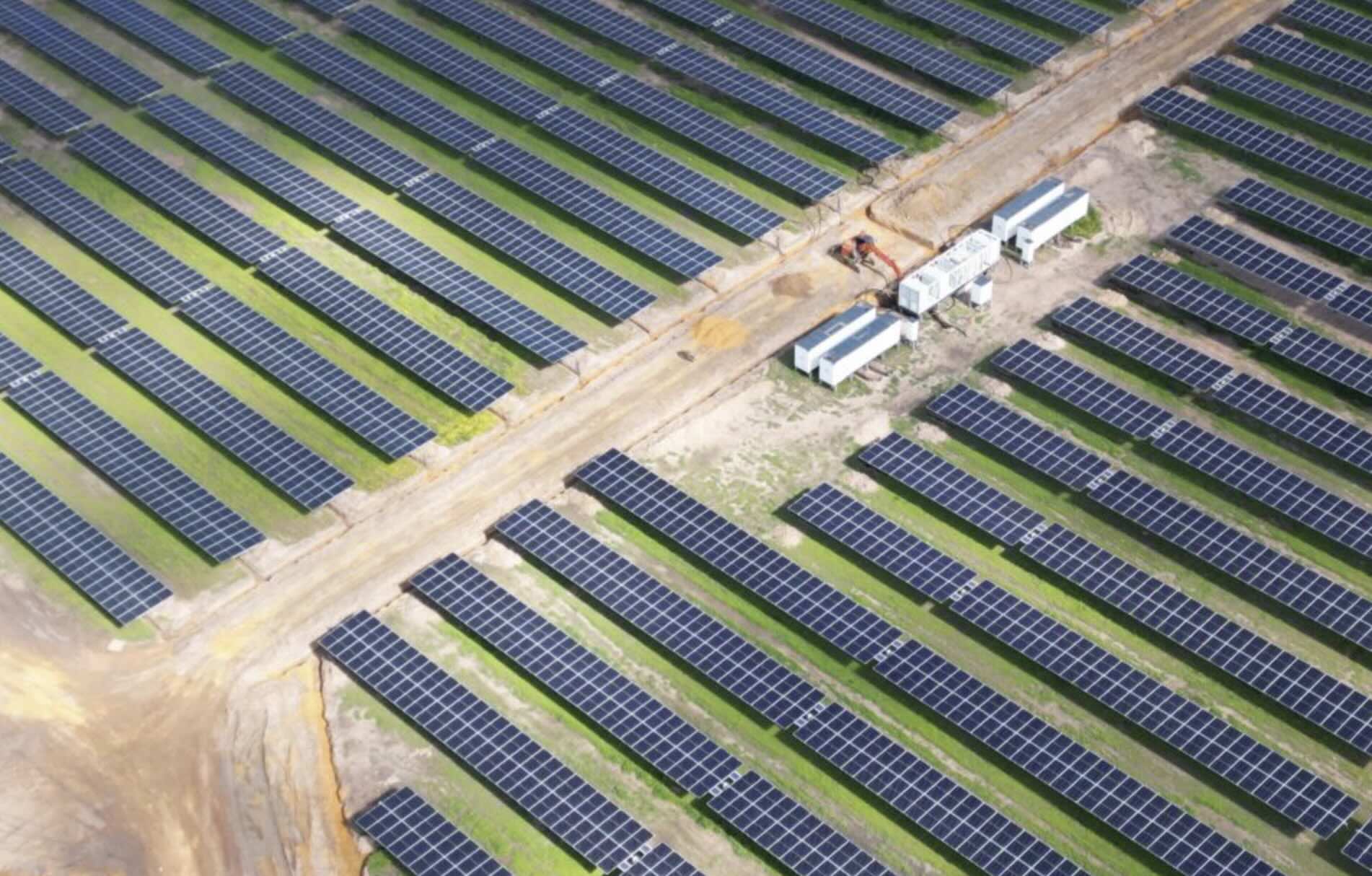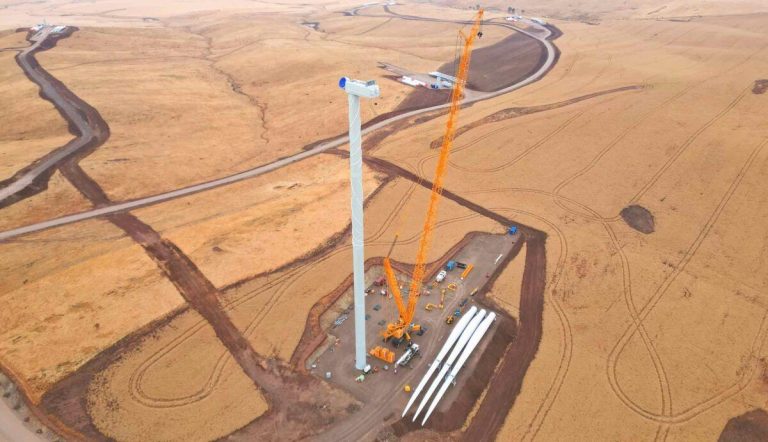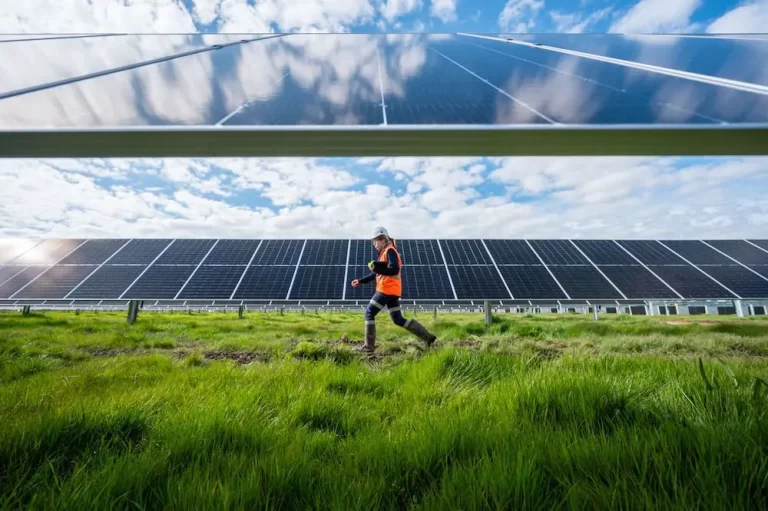Cunderdin Solar-Hybrid Plant: Powering Up at Dusk and Midnight
The development of Australia’s inaugural large-scale solar-hybrid power plant in Cunderdin, Western Australia, has been quite captivating. While this type of facility is a novel addition to the Australian energy grid, it holds significant potential for the future of energy generation in the country.
The Cunderdin plant, operated by the Spanish firm Global Power Generation, which is part of the Naturgy Group, integrates 128 megawatts of solar power with a 55 MW, 220 MWh battery system. Not only are these components situated together, but they also share a common connection point, establishing them as a genuine hybrid system.
How the Cunderdin Plant Operates
This facility operates on principles similar to those of a household equipped with rooftop solar panels and battery storage. In a domestic setting, solar energy is either consumed immediately or stored in batteries for later use.
Many households have now secured agreements with retailers that allow them to manage when they export power to the grid, thus avoiding the minimal returns associated with the average solar export tariff and capitalising on higher prices during peak demand.
The strategy at Cunderdin mirrors this approach. During the day, it feeds power into the grid, but if the wholesale prices are not favourable, it will store as much energy as possible in its batteries, releasing it back into the grid during the evening peak hours when prices typically rise.
Shifts in Power Output Patterns
An earlier report by Renew Economy highlighted that the Cunderdin facility had established a consistent pattern of sending a steady output of solar energy back into the grid during the evening, averaging around 45 MW for several hours. However, this pattern has evolved. Recent data, illustrated in a graph from OpenNEM, shows that the solar farm is frequently still supplying power to the grid past midnight local time.
Since the battery cannot store all the solar energy generated in a single day, strategic decisions are made regarding when to export power to the grid for maximum profitability. A noticeable trend is the reduction in output as daylight fades, followed by a surge in activity after sunset as grid demand and prices typically rise.
The Future of Solar and Battery Projects
It is noteworthy that the only new generation projects that secured financial backing in the first half of this year were solar farms paired with battery systems. This includes the Fulham project, which combines 80 MW of solar capacity with 128 MWh of battery storage in Victoria’s Latrobe Valley.
Solar and battery technologies are the only ones experiencing price reductions, with battery cell costs plummeting at a rate comparable to that of solar PV in the previous decade. These systems are modular, scalable, quicker to construct, and generally face less community resistance, although batteries have recently become a focal point for critics of the energy transition.
As wind projects encounter growing community pushback and transmission projects face escalating costs, many experts suggest that solar and battery hybrids could meet a larger share of Australia’s energy requirements than previously anticipated. Only time will reveal the full impact of these advancements.






